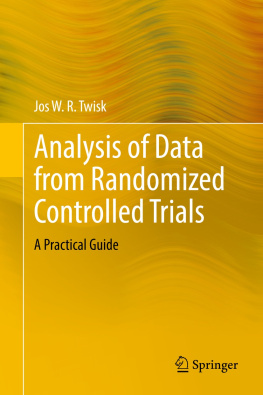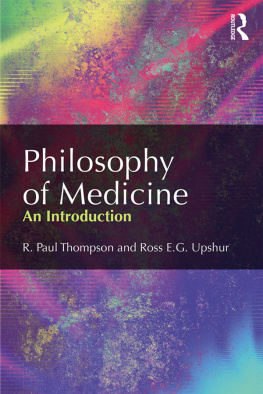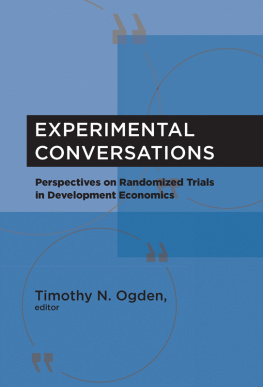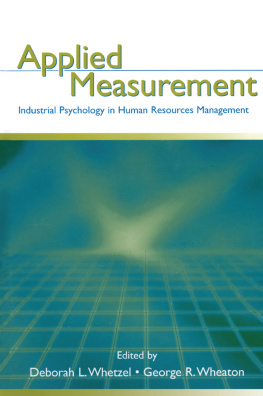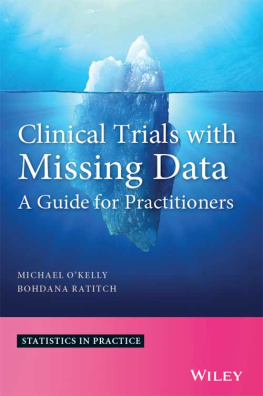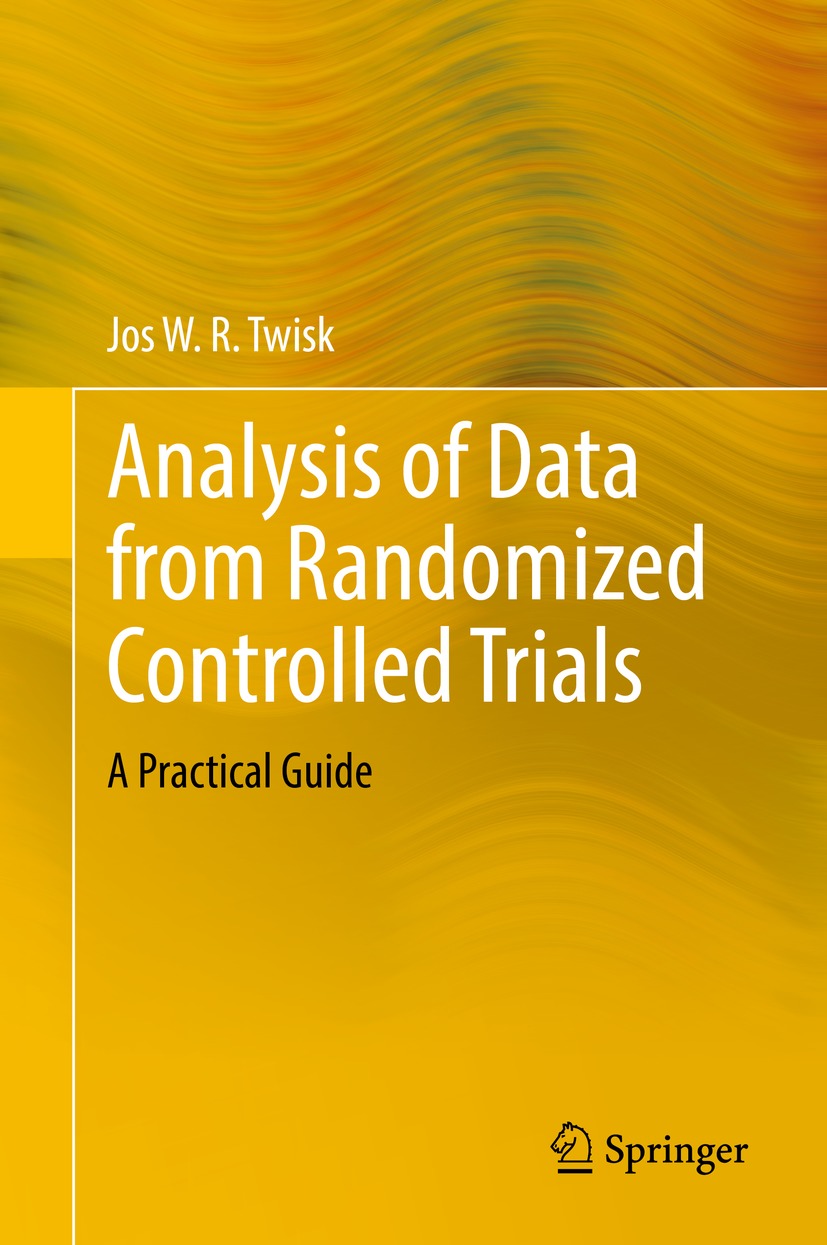1. Introduction
1.1 Introduction
Randomized controlled trials (RCTs) are considered to be the gold standard for evaluating the effect of an intervention (Rothman & Greenland, ). In an RCT, the population under study is randomly divided into an intervention group and a control group. Subjects in the intervention group are allocated to the intervention (e.g., a new treatment, medication, vaccination program, etc.), while subjects in the control group are allocated to the control condition (e.g., placebo, usual care, etc.). In general, an RCT starts with a baseline measurement before the intervention is started. Then, during or after the intervention period, one or more follow-up measurement is performed. Regarding the analysis of RCT data, a distinction must be made between studies with only one follow-up measurement and studies with more than one follow-up measurement . When there is only one follow-up measurement, relatively simple statistical methods can be used to estimate the effect of the intervention, while when more than one follow-up measurement is considered, in general, more advanced statistical methods are necessary.
In the past decade, an RCT with only one follow-up measurement has become rare. At least one short-term follow-up measurement and one long-term follow-up measurement must be performed. More than two follow-up measurements are usually performed in order to investigate the development of the outcome variable over time and to compare the developments of the outcome variable among the intervention and control groups. Sometimes these more complicated experimental designs are analyzed with simple cross-sectional methods, mostly by analyzing the outcome at each follow-up measurement separately or sometimes even by ignoring the information gathered from the in-between measurements, i.e., only using the last measurement as outcome variable to estimate the effect of the intervention. Besides this, summary statistics are sometimes used. The general idea behind a summary statistic is to capture the longitudinal development of an outcome variable over time into one value: the summary statistic. With a relative simple cross-sectional analysis, these summary statistics can be compared between the intervention and control groups in order to estimate the effect of the intervention (Twisk, ).
1.2 Intention-to-Treat Analysis
The standard method to estimate treatment effects in an RCT is an intention-to-treat analysis. In an intention-to-treat analysis, all subjects randomized into the intervention group should be analyzed as having received the intervention, regardless of whether they received the complete intervention, only part of the intervention, or nothing at all.
In a per protocol analysis , a comparison is made between subjects that actually followed the protocol. A per protocol analysis is often performed when the intention-to-treat analysis showed an intervention effect which is less strong than expected. When a stronger intervention effect is observed in the per protocol analysis compared to the intention-to-treat analysis it indicates that the intervention basically works, but there are probably some issues with the implementation of the intervention.
An as treated analysis is slightly different from a per protocol analysis. For instance, subjects from the intervention group who actually received the control condition are analyzed in the control group in an as treated analysis, while they are removed from the analysis in the per protocol analysis.
In general, the choice for an intention-to-treat analysis, a per protocol analysis or an as treated analysis does not influence the choice for the statistical methods that can be used to estimate the intervention effect . It only defines the population to be analyzed, and, therefore, a detailed discussion about these different populations goes beyond the scope of this book.
1.3 General Purpose and Prior Knowledge
This book will follow a practical nonmathematical approach, which will make it easier to read and more understandable for nonmathematical readers. Therefore, in each chapter, the statistical analyses will be explained by using relatively simple examples, accompanied by computer output.
The book provides a practical guide about the different ways to estimate the effect of an intervention in an RCT. It is assumed that the researchers who are going to use the book have performed a certain kind of RCT (or are planning to perform one) and that they know what kind of data they have (or going to have). This book offers an answer to the question how to estimate the intervention effect in an appropriate way, and this question will be answered for different RCT designs. In this book an attempt has been made to keep the description of the statistical analyses as simple as possible. However, it will be assumed that the reader has some prior knowledge about standard statistical regression techniques, such as linear regression analysis and logistic regression analysis.

